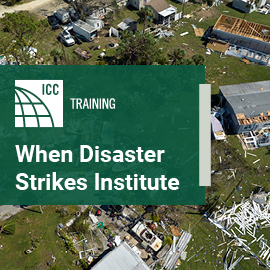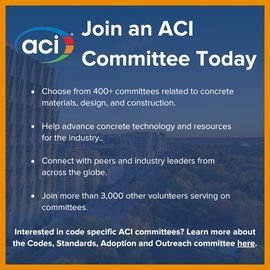
New accessibility standards are coming. Are you ready?
![]()
![]() At the beginning of 2020, the U.S. Department of Housing and Urban Development (HUD) announced a proposed rule that would change how it implements regulations in the Fair Housing Act. The new rule would allow for ‘safe harbor’ design standards to be used in new multi-family housing. Under the proposed rule, all new multi-family housing would need to comply with the Federal Civil Rights Act of 1968 among other legislation. Essentially, multi-family housing built after March 1991 would need to be fully accessible to those with physical disabilities.
At the beginning of 2020, the U.S. Department of Housing and Urban Development (HUD) announced a proposed rule that would change how it implements regulations in the Fair Housing Act. The new rule would allow for ‘safe harbor’ design standards to be used in new multi-family housing. Under the proposed rule, all new multi-family housing would need to comply with the Federal Civil Rights Act of 1968 among other legislation. Essentially, multi-family housing built after March 1991 would need to be fully accessible to those with physical disabilities.
As of December 8, 2020, after positive public comments from more than 40 interested parties in the architecture and engineering industry, including Jensen Hughes as a main contributor, the proposed rule was approved by HUD. We joined the International Code Council in a coalition of more than 30 organizations and businesses, including the American Institute of Architects, in supporting the new rule. It amends the current HUD Fair Housing Act regulations by expanding the safe harbors and incorporating the newer International Building Code (IBC) standards developed by the International Code Council and will come into effect on March 8, 2021.
This is a huge step forward in adopting contemporary standards developed to ensure accessible housing. But what does this mean for the construction industry in the U.S.?
A jump forward in accessible housing
A safe harbor is a provision of a law, statute or a regulation to eliminate legal or regulatory liability and avoid violating a given rule, if certain conduct or conditions are met. In this case, safe harbor is referring to the additional sets of standards and model building code editions that, when followed in the design and construction of new multi-family housing, will ensure compliance with the accessibility requirements of the Fair Housing Act. This means that multi-family housing designers, developers and providers must ensure that the delivery of new housing units will meet the design and construction requirements of the Act and make units with accessibility features available to people with disabilities.
As an architect and accessibility consultant, this is an exciting development. The new safe harbors will help ensure that residential units are designed to meet the Fair Housing Act design and construction standards, and will ultimately reduce confusion, construction changes, delays and cost. It will assist in the delivery of more usable and adaptable housing units to persons with disabilities throughout the U.S. at a time when quality, accessible, safe and affordable housing is desperately needed.
What does it mean in practice?
Across the U.S., designers and builders have an obligation to comply with the Fair Housing Act, as a federal civil rights law, and the new safe harbors greatly assist them in meeting their obligations. It will help to reduce regulatory burdens that can arise when federal, state and local regulations differ.
Moving forward on March 8, 2021, all designers and builders in the U.S. will have the option of using the 2009, 2012, 2015 and 2018 versions of the IBC, along with the ICC / ANSI A117.1 2009 Accessible and Usable Buildings and Facilities standard that will align with the state and local standards where the multi-family projects are planned for construction. Across our national accessibility practice, we anticipate that consulting on projects using the new safe harbors will provide immediate cost savings for our clients and greatly reduce regulatory headaches. Overall, this is great news for all stakeholders – especially for those who rely on accessible housing.
This article originally appeared in the February 5, 2021, issue of Jensen Hughes online and is reprinted with permission.








